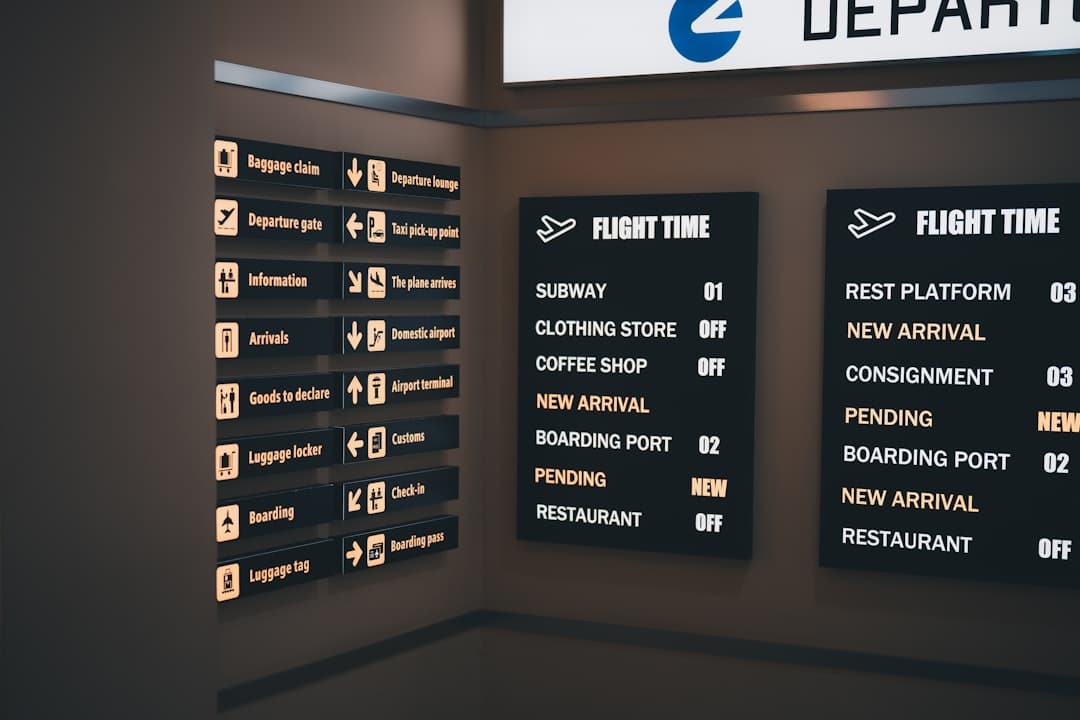In today’s fast-paced digital economy, businesses are under increasing pressure to accelerate growth, improve efficiency, and provide seamless customer experiences. To meet these demands, many organizations are turning to Revenue Operations (RevOps), a strategic alignment of sales, marketing, and customer success operations supported by technology. At the heart of RevOps success lies an integrated and well-designed architecture that connects all the dots—from CRM systems and CPQ tools to billing platforms and real-time data syncing.
Contents
What Is RevOps Architecture?
RevOps architecture refers to the strategic design and integration of various tools and systems that drive revenue-related workflows across your organization. Instead of isolated departments or fragmented systems, RevOps emphasizes end-to-end alignment and unified data to boost operational efficiency and drive predictable growth.
The core building blocks of a solid RevOps architecture typically include:
- CRM (Customer Relationship Management) systems
- CPQ (Configure, Price, Quote) tools
- Billing and invoicing platforms
- Data synchronization between systems
The Role of CRM in RevOps
The CRM is the central nervous system of any RevOps architecture. Serving as the source of truth for all customer interactions, it unifies data across sales, marketing, and customer service teams.
Popular CRM platforms such as Salesforce, HubSpot, and Microsoft Dynamics allow organizations to track leads, monitor customer engagement, and ensure a consistent historical view of account activities. However, the true power of a CRM platform comes from how it integrates with other systems in the RevOps stack.
When properly connected to your CPQ and billing platforms, CRM becomes a real-time command center for your entire revenue engine.
CPQ: The Revenue Accelerator
CPQ (Configure, Price, Quote) applications streamline the process of creating accurate sales quotes. For businesses with complex pricing models, customizations, or product bundling, CPQ tools are absolutely indispensable.
The integration of CPQ with CRM means that sales reps can configure products, apply discounts, and generate quotes without ever leaving their CRM dashboard. This seamless flow removes friction and accelerates the sales cycle.
Key capabilities of a CPQ system include:
- Product configuration: Real-time configuration based on customer requirements
- Automated pricing: Dynamic pricing rules based on quantity, geography, or customer tier
- Quote generation: Professionally formatted proposals with electronic approvals
By integrating CPQ with the rest of the RevOps architecture, businesses can minimize errors, reduce turnaround times, and increase win rates.
Billing Systems: Automating Revenue Capture
No RevOps architecture is complete without a robust billing system. Once a quote is accepted and a deal is closed, it’s critical that the financial backend seamlessly takes over. Modern billing platforms handle everything from invoicing and collections to revenue recognition and subscription renewals.
Integrating your billing system with your CPQ and CRM ensures that customer orders and contract terms are instantly converted into accurate, timely invoices. The resulting automation reduces manual errors, shortens the cash collection cycle, and improves compliance.
Some of the most widely used billing systems today include:
- Zuora
- Stripe Billing
- Chargebee
- Recurly
Ultimately, the billing engine plays a major role in the customer lifecycle—impacting everything from renewals and upgrades to dunning management and reporting.

The Glue: Real-Time Data Sync
While each component of the RevOps stack is powerful on its own, true value emerges only when all systems are synchronized through reliable and automated data integration. This is where data sync takes center stage.
Maintaining real-time, bidirectional sync between tools means that:
- Sales teams always see up-to-date customer status, recent activities, and billing information directly in their CRM
- Billing systems have accurate quote and contract details to generate correct invoices
- Executives can rely on unified dashboards without inconsistent data across tools
Data syncing typically involves either native integrations, middleware platforms like Workato or Tray.io, or custom APIs handled by development teams. Regardless of the method, it’s essential that the integrations facilitate:
- Low-latency data updates
- Conflict resolution logic
- Reliable data normalization
An effective sync mechanism ensures that RevOps operates like a well-oiled machine, capable of responding to customer needs and market changes in real time.
Benefits of a Unified RevOps Architecture
When CRM, CPQ, Billing, and Data Sync work harmoniously, businesses experience a wide range of benefits:
- Faster quote-to-cash cycles: Automated transitions from quote to invoice mean faster revenue realization.
- Improved customer experiences: Unified views and smoother handoffs reduce friction and increase satisfaction.
- Stronger forecasting: Clean and consistent data improves predictive analytics and revenue planning.
- Better compliance: Structured data flows enable auditability, security, and fiscal governance.
More importantly, aligning all revenue teams under a cohesive architecture fosters interdepartmental collaboration—a true cultural shift that drives long-term business transformation.
Challenges to Consider
Though the benefits are immense, implementing a comprehensive RevOps architecture comes with its share of challenges:
- Technical complexity: Integrating disparate systems requires expertise in APIs, data mapping, and security
- Change management: Aligning cross-functional teams around new workflows can be a cultural hurdle
- Data consistency: Migrating or syncing legacy data can expose quality issues and redundancies
Pro tip: Start small by integrating your CRM and CPQ, then incrementally add billing and data sync layers with scope for scalability and feedback loops.
Building for the Future
As revenue models evolve—especially with the rise of subscriptions, usage-based pricing, and customer self-service—your RevOps architecture must be agile and adaptable. Organizations that invest in flexible platforms and robust integrations will be best positioned to pivot, experiment, and grow sustainably.
Next-gen RevOps stacks are likely to include AI-based forecasting, automated renewal workflows, and hyper-personalized pricing strategies—all built on the foundational elements of CRM, CPQ, Billing, and synchronized data.
Success in this evolving landscape means viewing your tech stack not as a collection of tools, but as an integrated ecosystem driving your growth machine.
Final Thoughts
The RevOps architecture is more than just a technical setup; it’s a strategic differentiator for organizations aiming to scale efficiently and deliver exceptional customer experiences. By focusing on seamless integration between CRM, CPQ, Billing, and real-time Data Sync, you’re not just aligning your teams—you’re laying the foundation for sustainable, predictable growth.
Whether you’re just starting your RevOps journey or optimizing an existing stack, the architectural decisions you make today will shape how your business competes tomorrow.

